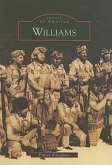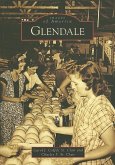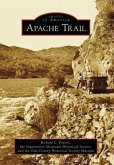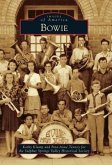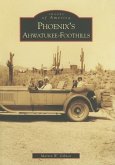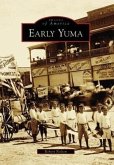Largely a sea of sand and sand-turned-to-stone, the cold desert at the junction of the Rio Puerco and the Little Colorado Rivers seems an unlikely place for human settlement. Indeed, even the Puerco and Little Colorado seldom visit, and when they do, they sweep away dams and ditches and sometimes more. But with the coming of the railroad in 1881, the community of Holbrook became a hub of commerce for Mormons, cowboys, Native Americans, railroad men, and the military. Hashknife cowboys brought cattle to ship to market and stayed to spend their money in saloons. Visitors from the East came to see the Triassic forest and stayed to eat in Fred Harvey's elegant dining room, a series of five boxcars on a sidetrack. Route 66 and the Santa Fe Railway defined this tiny town and made it a historic crossroads in northern Arizona.



